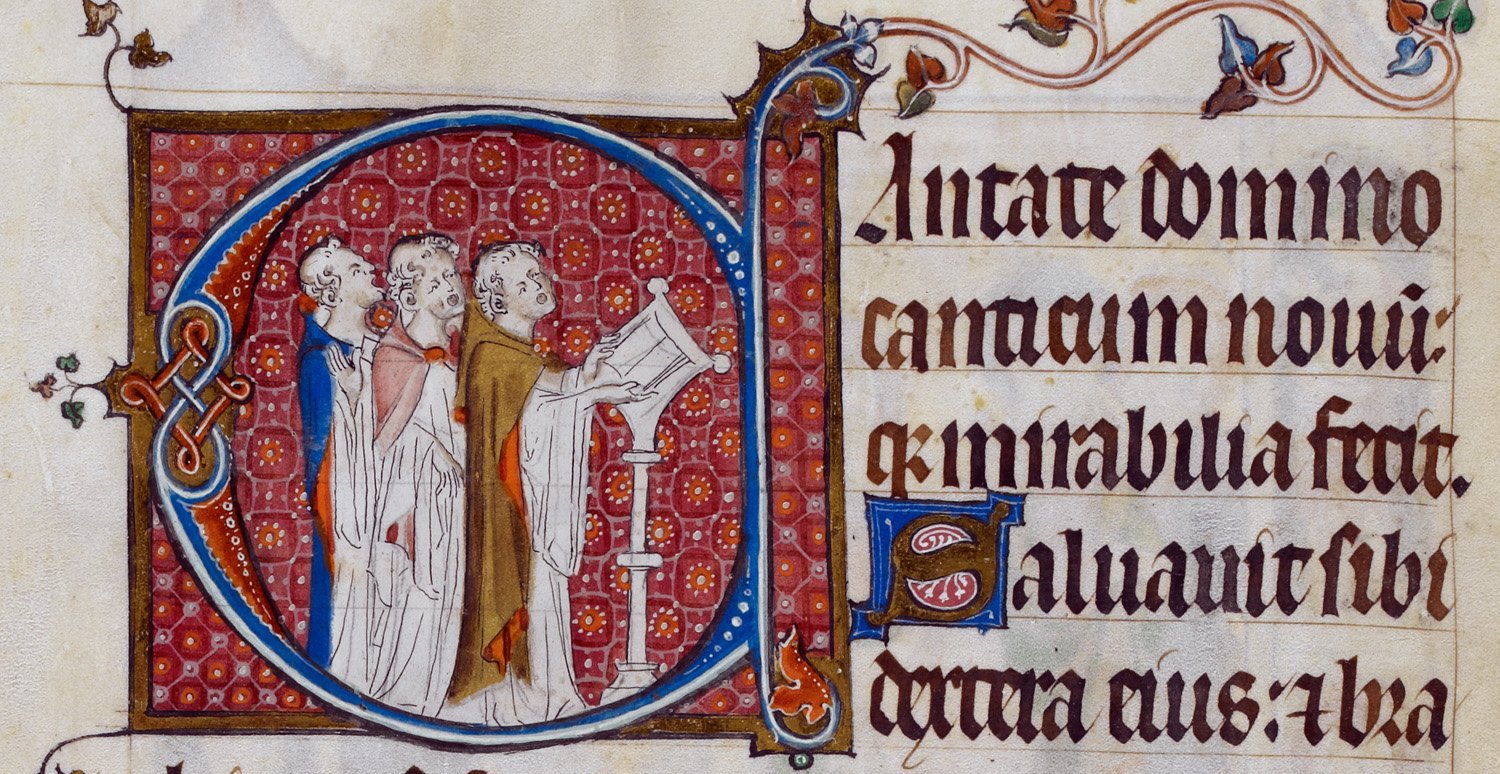
in a 14th century French manuscript
(Bibliothèque nationale de France ms. 854, folio 75v).
Kalenda maya is a 12th century song by troubadour, Raimbaut de Vaqueiras, one of the Occitanian (later southern French) poets and singers who developed the musical tradition of fin’amor, refined or perfect love. Via Roman fertility festivals and Irish fiddle tunes, this article discusses the poetic content of the song and the problems of interpreting the musical notation of Kalenda maya, penned when written music was still developing in medieval Europe. Can there be a definitive version when there are textual variants of the same song or melody? How credible are renditions of Kalenda maya that impose a musical rhythm not present on the original page?
Raimbaut de Vaqueiras based the melody of Kalenda maya on an estampie he heard at court in Italy. Using principles written in 1300, I attempted to reverse engineer the sung estampie back into the tune it originally was. The reasons this proved impossible tell us something important about medieval music and the continuance of the spirit in which it was played.
We begin with a video of two interpretations of the melody played on gittern.
